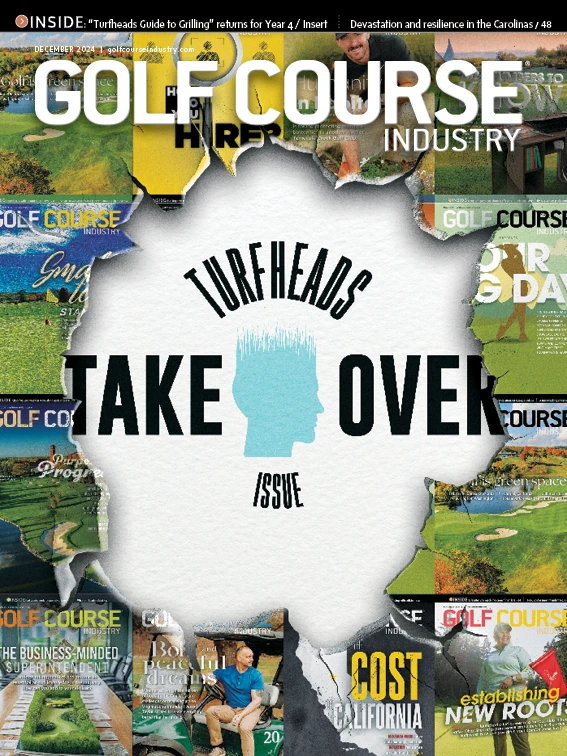
January 2020 marked the beginning of a very chaotic year many of us would like to forget. I was down on a creek bank checking my trail camera in hopes that I had gotten some footage for the capstone project I was working on to finalize my time at UNC Greensboro. Naturally, all kinds of wildlife pop up when you’re in the middle of a 200-acre North Carolina preserve, including deer, foxes, raccoons, river otters and even minks. But what I was really hoping to catch was a coyote, and that cold January evening had produced a quality video of one right at the creek.
Alert, aware and cautious is how I would describe this particular canine. It caught a glimpse of the infrared flash and abruptly jumped back, slowly reapproaching to see what kind of strange entity was invading its space. I watched the clip over and over again as I sat near the water’s edge, drawn in by its mannerisms. That moment marked the beginning of my fascination and deep dive into the rich and ancient history of canis latrans.
Growing up in northeast Ohio and rural mid-Michigan, I had only known coyotes as a nuisance: mangy, up-to-no-good predators that everyone wanted dead. I bought in and never gave it much thought of my own, until I moved down to the Piedmont Triad area of North Carolina, where I started working part-time for the local county parks and recreation department. I would listen to their howls, follow their tracks and, on one occasion, I was tasked with cleaning up a kill site (that’s a story for another day).
I learned that coyotes are actually extremely intelligent animals, and they had piqued enough of my interest that I wanted to hone in on them a little more, not fully knowing which direction it would go. The most impactful stop on my journey was reading the book Coyote America: A Natural and Supernatural History by historian Dan Flores. Flores takes you back to prehistoric times when coyotes (after splitting from a common ancestor) evolved to survive alongside wolves, becoming what is known as a fission-fusion species. This means that coyotes can thrive by themselves or in packs as necessary, which partially explains how they are so well adapted to evading extirpation.
Another reason has to do with how they breed. Flores explains that coyotes communicate with each other through howls, and if they sense that nearby pack numbers are decreasing, a sort of biological trigger is set off and they begin to birth larger litters of pups to bring population numbers back up. Countless studies have shown that coyotes are very difficult, arguably impossible to get rid of due to their complex social structure and opportunistic nature. Here in North Carolina, they have become an apex predator since making themselves at home in the 1980s, filling in the spaces vacated by the extirpation of wolves and mountain lions. By definition, they are a keystone species that plays an important role in keeping other species’ populations balanced, including rabbits, raccoons, rodents, foxes, feral cats and even the infamous Canada goose. Did you know that feral cats in the United States kill around 2.4 billion wild birds annually?
Admittedly, coyotes don’t come without fault, especially on the golf course. Yes, sometimes they choose to dig in suboptimal locations or impose fear into some unfamiliar golfers, and rumor has it they even like to chew through ropes. But much like unfixed divots and hydraulic leaks, it’s all just a part of the game. Coyotes have a spot at the table and provide an ecological service for the overall health of the system. As golf courses lean more into sustainability and acting as refuges for wildlife, maybe some focus can be shifted onto the positive things that coyotes have to offer.

Explore the December 2024 Issue
Check out more from this issue and find your next story to read.
Latest from Golf Course Industry
- From the publisher’s pen: Conscientious of a bigger role
- Bernhard and Company partners with Laguna Golf Phuket
- Terre Blanche showcases environmental stewardship
- VIDEO: Introducing our December issue
- Bernhard and Company introduces Soil Scout
- Nu-Pipe donates to GCSAA Foundation’s Centennial Campaign
- GCSAA enhances golf course BMP tool
- Melrose leadership programs sending 18 to 2026 GCSAA Conference and Trade Show





